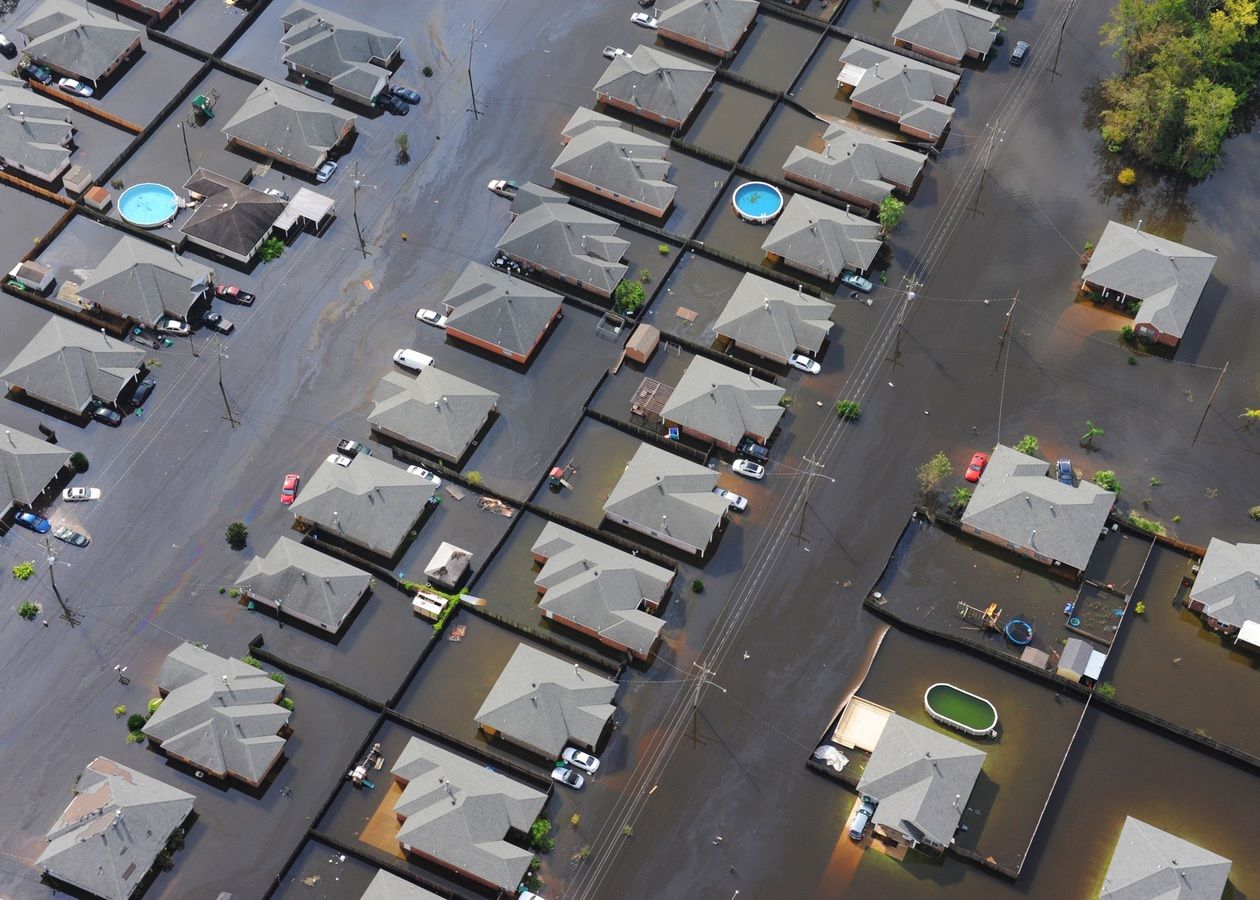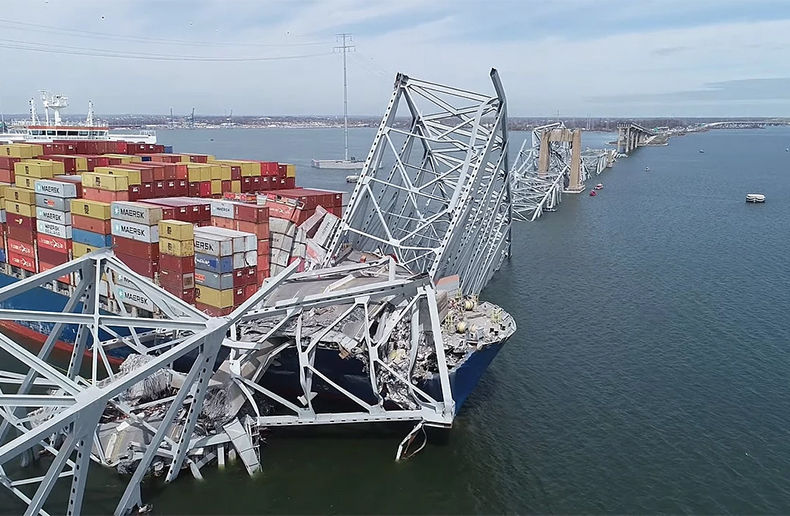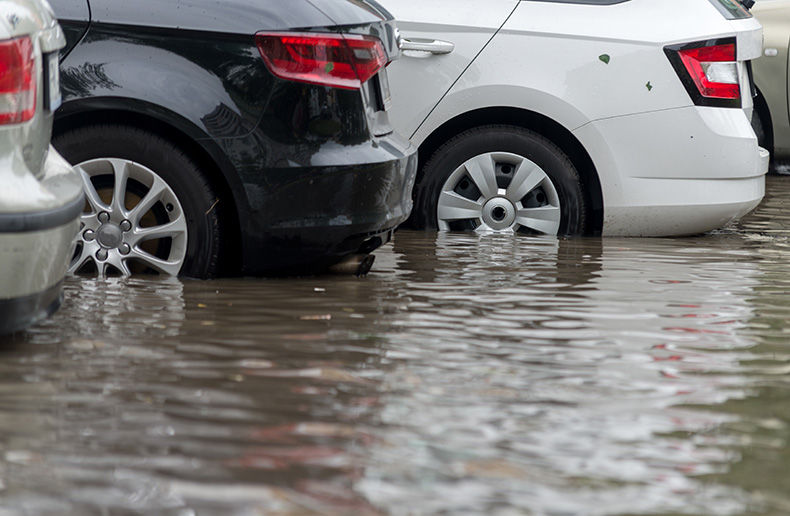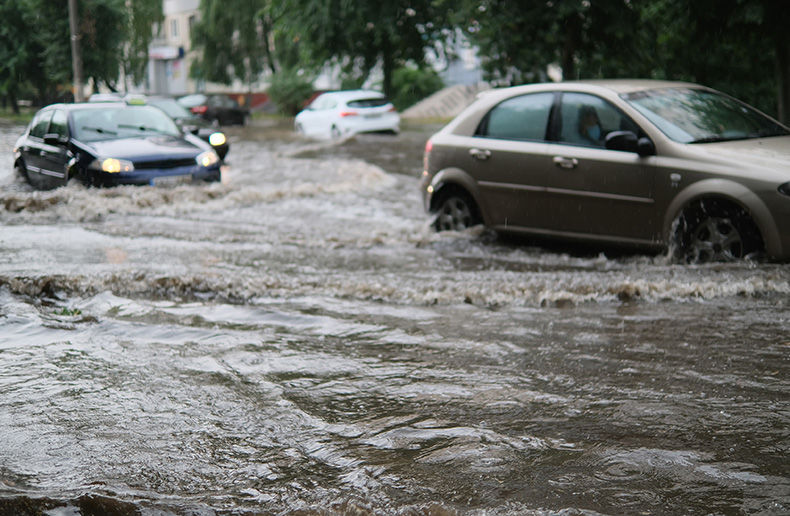A new study released today from the Insurance Bureau of Canada (IBC) and the Canadian Water Network says there is potential and a need to improve the accuracy of flood hazard maps by incorporating richer data.
The IBC says large-scale flood risk models currently rely on low-resolution, topographical data of mixed quality. The Canadian Water Network says there is a wealth of better data available, “it’s a matter of coordinating that information in a way that is useful to all sectors,” says Bernadette Conant, Canadian Water Network’s CEO. The study adds that Canada has an opportunity to create a central hub to connect and curate relevant data from various sectors to improve flood risk evaluation.
“The study’s conclusions are important for insurers wanting to expand flood coverage for consumers, particularly in areas identified as high risk on traditional flood hazard maps,” says Craig Stewart, IBC’s vice president of federal affairs. “Improving access to richer information is a significant opportunity for Canadian municipalities, insurers and homeowners to better understand flood risk and to take action.”
The project’s conclusions, they say, support IBC’s position that the country needs a national plan on flooding. Specifically, IBC has called on governments to target priority infrastructure investments in areas of highest risk of flooding, to protect as many people as cost-effectively as possible.
The IBC notes that property and casualty insurance payouts from extreme weather have more than doubled every five to 10 years since the 1980s.
“The IBC is also calling on governments to immediately invest in improving the quality of terrain data and to make that data available so property owners can identify their property’s exposure to floods and take measures to protect themselves,” they write.












